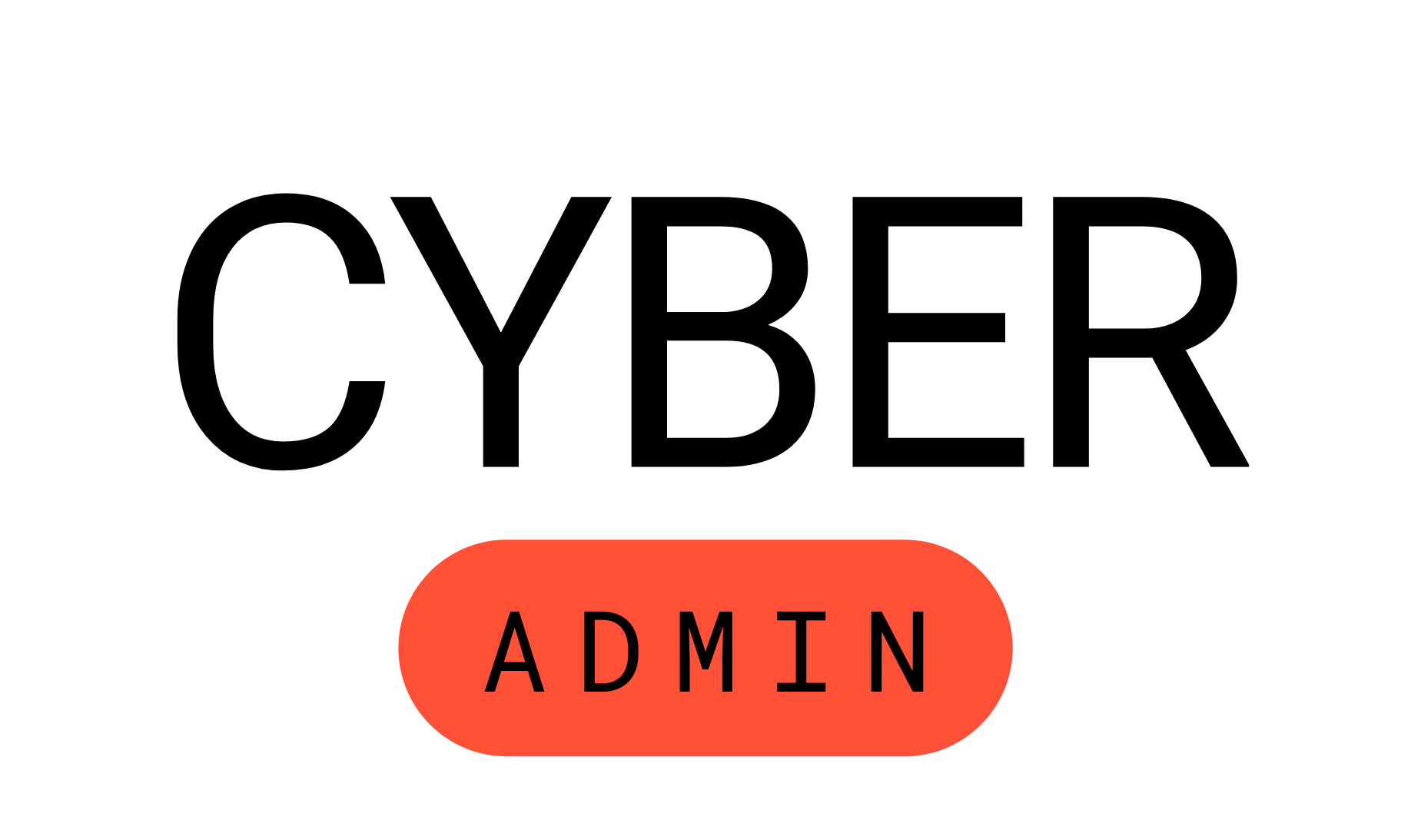The process of digitally signing a PDF involves creating a digital signature using a certificate and applying it to the document, while digitally signing a Word document involves using a trusted digital certificate to sign the document and add a visible signature.
